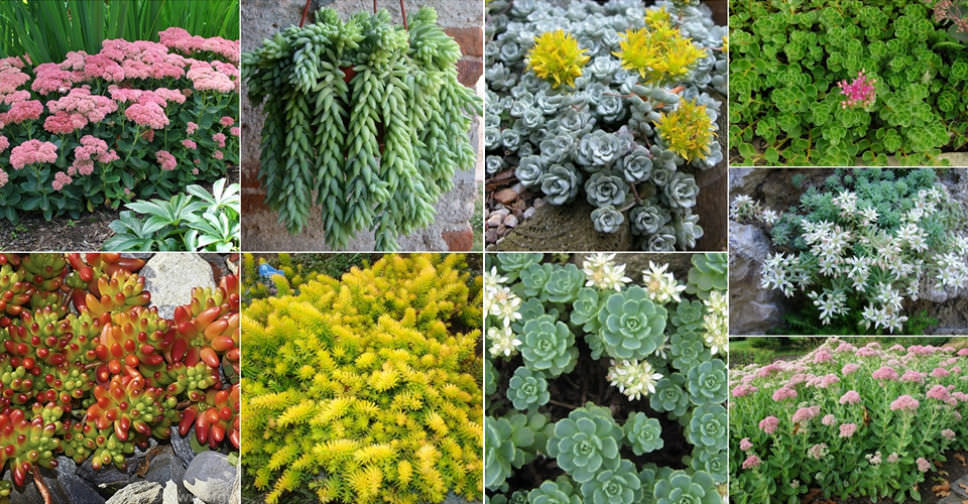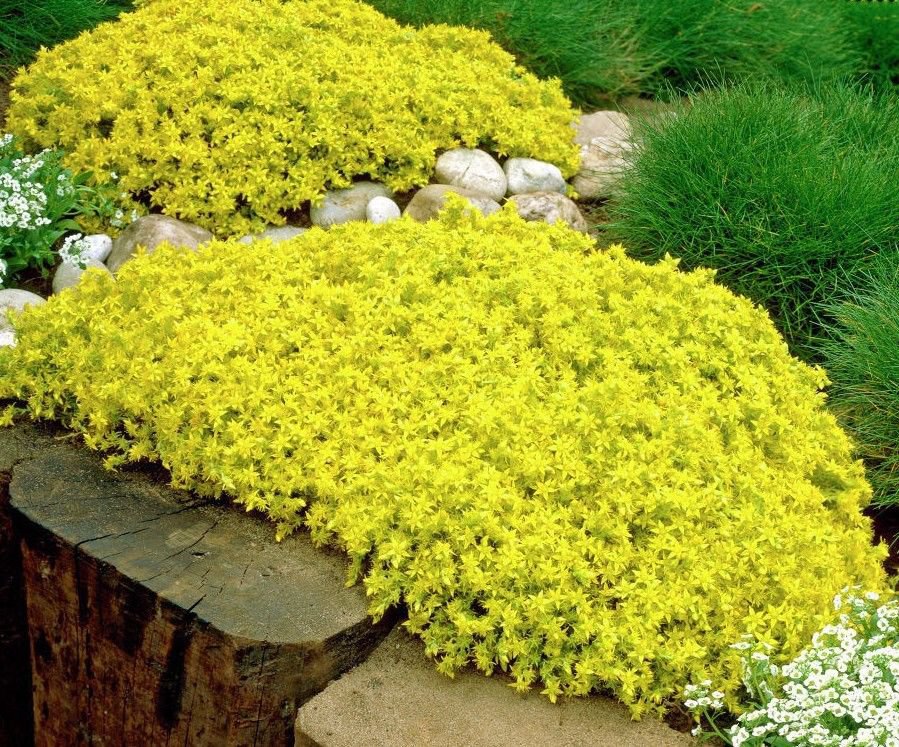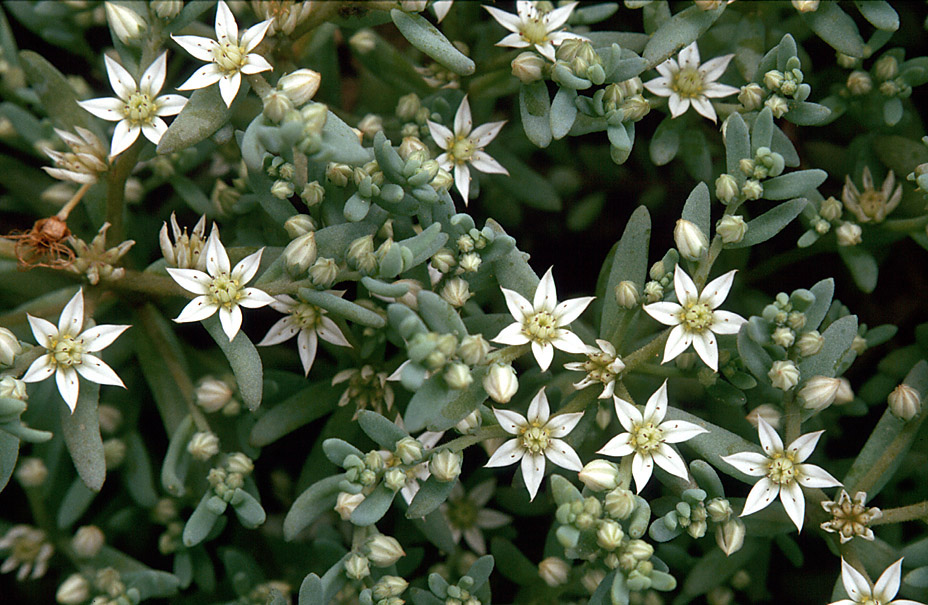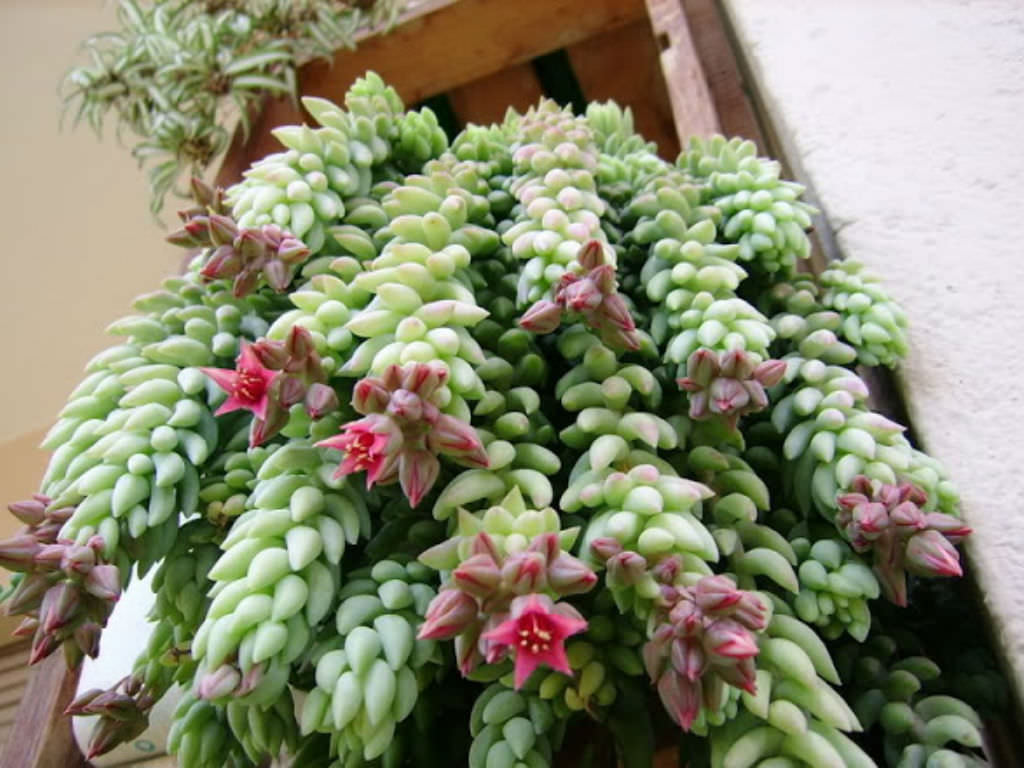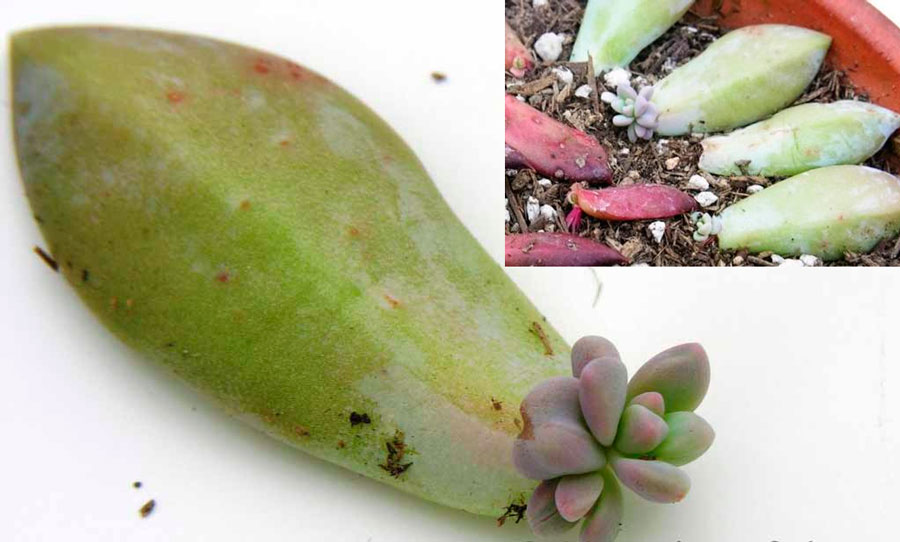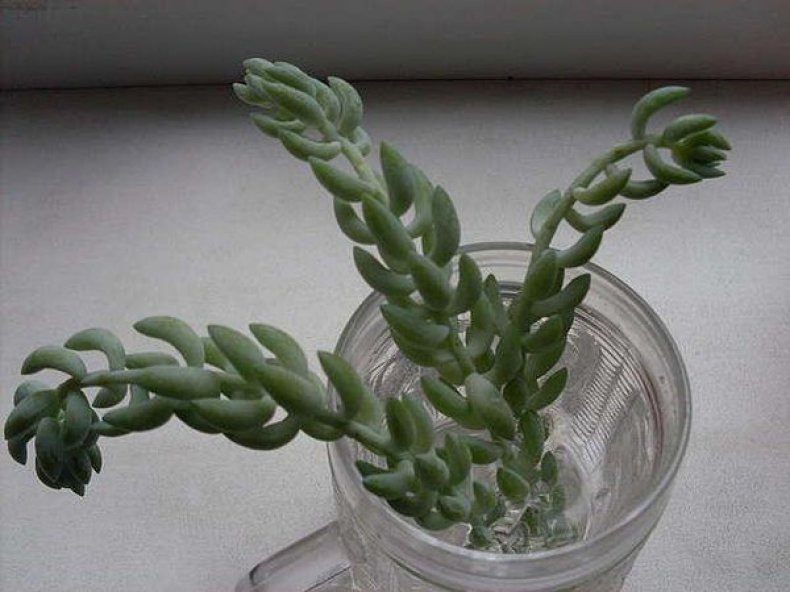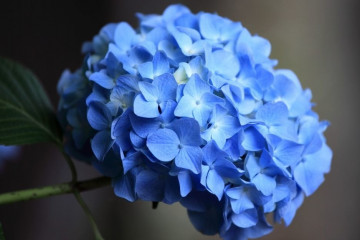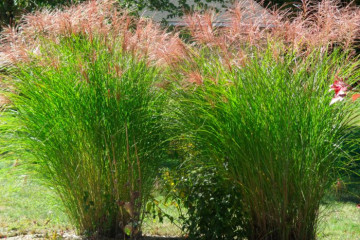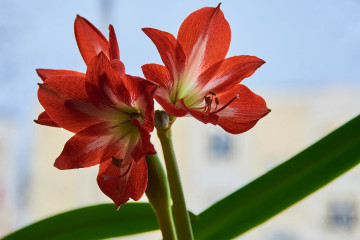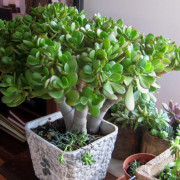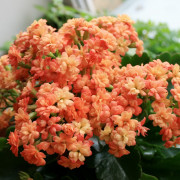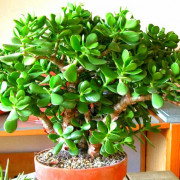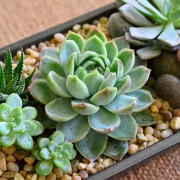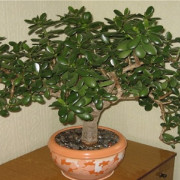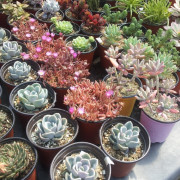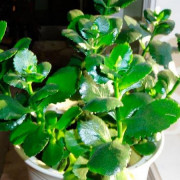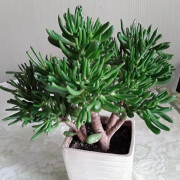Sedum: planting and care outdoors or at home
Content:
An unpretentious sedum plant, the planting and care of which does not require a huge investment of effort, time and money, has gained popularity among gardeners. What flower lover does not want to decorate the suburban area or dilute the indoor atmosphere with such an interesting decoration? But first, you should study a detailed description of its types and growing conditions.
General description and history of origin
Sedum is a succulent plant from the Tolstyankov family. The appearance is represented by thickened stems covered with fleshy leaves of a rounded shape, and the top with an inflorescence. Most belong to perennials, but biennial representatives are also found.
Translated from Latin, sedum has several meanings:
- "Sit" - often spreads along the ground, forming a continuous carpet;
- "Pacify" - has analgesic properties.
The people appreciated it for its cleansing properties, hence the Ukrainian name "sedum".
There are about 500 varieties of stonecrop in the world, but they are conventionally combined into two groups:
- ground cover. The predominant species with a height of 10 to 30 cm. It spreads over the surface of the earth, conquering new territories and growing rapidly, thereby forming a continuous cover;
- shrubby. A variety of tall stonecrops, can reach 80 cm in height. They are popular among gardeners, since the only condition is sufficient and timely watering. Otherwise, they are not demanding to care, they are able to grow on rocky areas and poorly humified soil.
Common varieties
The sedum plant grows well not only in the garden, it also feels great at home. The sedum plant does not need abundant watering and should be left alone for the winter. The abundance of species allows you to choose an instance for every taste. It can be a low groundcover, a free-standing shrub, or a flower with stems hanging from a hanging pot.
It is worth learning in more detail about the features of sedum, which is widespread among amateur flower growers.
Caustic sedum is a succulent with a thin rhizome and stems no more than 15 cm. The leaves are small, fleshy, ovoid and green in color (light or dark, depending on the place of germination and lighting). The golden yellow flowers have a sweet aroma.
Sedum prominent - the owner of fleshy shoots 30-50 cm high and light pink flowers, collected in false umbrellas. Stonecrop leaves have an oval toothed shape, gray-green color. The most popular varieties of this species are Brilliant and Stonecrop Blue Pearl. The height of the bushes reaches 20 cm. The shrub consists of bright purple-blue oval-shaped leaves. At the end of summer, when sedum blooms, sedum takes on a beautiful appearance thanks to its dark pink inflorescences.
White sedum looks very impressive in a pot. Plant height does not exceed 15 cm. Elongated green leaves turn red in autumn. White flowers are collected in large inflorescences.
Sedum Burrito is represented by a low-growing plant, the stems of which spread over the surface or hang down. The leaves are olive-colored and rounded, 1 cm in size.It can easily be confused with sedum Morgan, but an experienced gardener knows that the main difference between these two species is in the shape of the leaves and their color.
Sedum hybrid refers to low-growing plants. It has branching stems with large green foliage.
Sedum Morgana is a native of Central and South America. It is represented by long, drooping stems with dense leaves of light green color and conical shape. Stonecrop leaves have a diameter of 0.8 cm, and do not exceed 3 cm in length. At home, the stems reach 1 m. The flowers are small in size and pink in color.
False sedum is a creeping succulent plant, which is also called Caucasian sedum, which indicates its true origin. Natural growing area - west of Armenia, Georgia, north of Iran and Turkey. The height of this groundcover perennial plant varies from 5 to 25 cm. It has wedge-shaped leaves up to 2.5 cm long and 0.5-1 cm wide, the color is dark green. Small flowers of stonecrop are collected in lush inflorescences of purple, raspberry, pink flowers.
Kamchatka sedum is a perennial that grows up to 40 cm. Leaves are elongated, oblong toothed, up to 3 cm long. Orange flowers are collected in inflorescences. Adapted to harsh conditions, sedum is ideal for planting and nursing outdoors. In the cold season, its ground part dies off, only rhizomes remain to winter. Young shoots appear in the spring. Distributed in the eastern regions of the Eurasian continent: in the Far East, in China, Japan, Korea.
Sedum yellow - a variety of the genus Zhivuchnik. Its lodging stems with green, brown leaves of a slightly bluish tint, sometimes two-colored, rise to a height of 20 cm. The sedum flower is bright yellow in color.
Sedum Eversa is a creeping perennial succulent that forms low-growing shrubs with smooth red-brown stems up to 40 cm long. The leaves are rounded, about 2 cm in size. The five-leafed stonecrop flower is pink, crimson or purple in color. It has a rather long rhizome of 10-25 cm with many branches, which lignifies over time.
Sedum Karl is no less interesting. Its erect stems are decorated with large dark green oval leaves and bright pink lush inflorescences of small flowers. The height of the formed shrubs reaches 50 cm. The sedum plant is not picky about watering, but needs well-lit areas. Differs in increased frost resistance.
Sedum Matrona is a representative of tall shrub species. Growing up, it reaches 40-60 cm and forms a dense bush. Powerful stems have a purple color, leaves are gray-green, dense and elongated up to 6 cm.Large inflorescences of pale pink color grow in diameter up to 12-15 cm.In the wild, it grows in Europe, Mongolia, the Caucasus, Japan, China, mainly in pine and mixed forests, meadows.
Sedum Purpl Emperor is one of the largest stonecrops, it can grow up to 80 cm wide and up to 60 cm high.The succulent has earned its name "purple emperor" thanks to its purple-red leaves, which become even brighter in the sun. The shape of the leaf plate is oval. During the flowering period, large pink inflorescences appear on its shoots. It perfectly tolerates harsh conditions and winter frosts.
Spanish sedum is a ground cover succulent, which, growing, forms a dense cover no more than 10 cm high. Its distinctive feature is the high variability and variability of the shape and color of leaves, flowering periods and life expectancy. So, the leaves range from reddish to gray-green. With sufficient sunlight, they acquire a pink hue, and the soil saturated with humus contributes to the formation of a green pigment.
Bent sedum is an evergreen plant with short shoots up to 20 cm. It forms a covering on the surface of the earth like a fluffy carpet. The stems are covered with green leaves of a peculiar shape, resembling thorns. Yellow flowers are collected in umbellate inflorescences.
Sedum Rubrotinktum is the owner of white-pink leaves, which, when multiplied, acquire a red-green color. A distinctive feature is slow growth.
Sedum Dasiphyllum is a ground cover succulent with creeping shoots 0.5 cm in diameter. The foliage is blue, spherical, 1 mm in diameter.
Features of home care
Most varieties of sedum are suitable for keeping in a home environment. They are able to exist even in the harshest conditions, so they will not cause unnecessary trouble. It is necessary to follow simple rules, and then the indoor sedum flower will delight its owner for more than one year.
Temperature
The sedum is thermophilic and tolerates heat well, therefore, in the summer, the temperature should be at least 25-28 ° C. In winter, it is enough to adhere to 10-15 ° C. At higher temperatures during the cold season, sedum shoots can stretch and deform.
Lighting
Sedum is photophilous. It is recommended to place the plant in the sunniest part of the apartment so that it receives enough light. In winter, you can take it out on a windowsill or a heated balcony. For a frost-resistant succulent, a cold zone is also suitable.
Watering
The plant does not need frequent watering. Its main feature is the ability to accumulate water in the leaves. In summer, the frequency of watering should not exceed twice a week, and in winter even less often - once every two weeks. Water is used at room temperature, settled. With a lack of moisture, leaves may fall off, with excessive moisture, the plant will die.
Air humidity
Sedum feels great in dry warm air. There is no need to spray it in order to moisten it, it is only necessary to remove dust from the surface of its leaves. In conditions of high humidity, sedum leaves can undergo a decay process.
Soil and top dressing
Sedum primer can be purchased at the store, special for succulents. You can also make it yourself:
- mix turf and leaf species with river sand, add small pieces of brick and coal;
- add rotted foliage and sand to 2 teaspoons of peat.
In the spring-summer period, feeding is carried out at intervals of 1 time per month. Mineral fertilizers are suitable for cacti, the amount is calculated according to the attached instructions. Autumn and winter are the dormant period of the succulent.
When and how it blooms
The flowering period differs depending on the type and variety of sedum. Most often it is spring and summer.The flowers are small and collected in inflorescences, the color of which is very diverse: white, pink, crimson, red. At home, flowering can only be achieved if the growing and care conditions are properly followed.
Reproduction methods
Sedum propagates in any of the following ways:
- seeds;
- with a handle.
You can just tear off a leaf, put it in a pot of earth and wait. When the cut is dry, small roots and other leaves will appear. This method is more time consuming.
Growing from seeds
Growing perennials with seeds allows you to breed rare varieties. At the same time, this is the most time consuming process.
The seeds can be purchased at the store or harvested from plants. Sow in spring or autumn, laying planting material on the surface of a previously prepared soil (a mixture of sand and peat), do not fall asleep on top. The soil is pre-moistened. Cover with glass or foil.
In their natural environment, the seeds lie under a layer of snow at sub-zero temperatures. At home, you can put a container of seeds in the refrigerator for 2 weeks. Next, you need to move the container to a warm room and provide sunlight. The first shoots should appear in two weeks - maximum in a month.
Rooting cuttings
In order not to languish with a long wait for the growth of stonecrop from a leaf, you can separate a small shoot or part of a bush, dry it and plant it in the ground. Next, you should slightly moisten the soil and adhere to a temperature regime of 23-25 ° C for successful germination. First, the shoot will take root, then foliage will grow. After two weeks, you need to transplant the young plant into open ground.
Thus, sedum does not require special growing conditions, it is easy to reproduce, unpretentious and resistant to the harsh environment. It can be grown as a houseplant, and used to decorate their backyard plots, creating compositions from various varieties of succulents.
